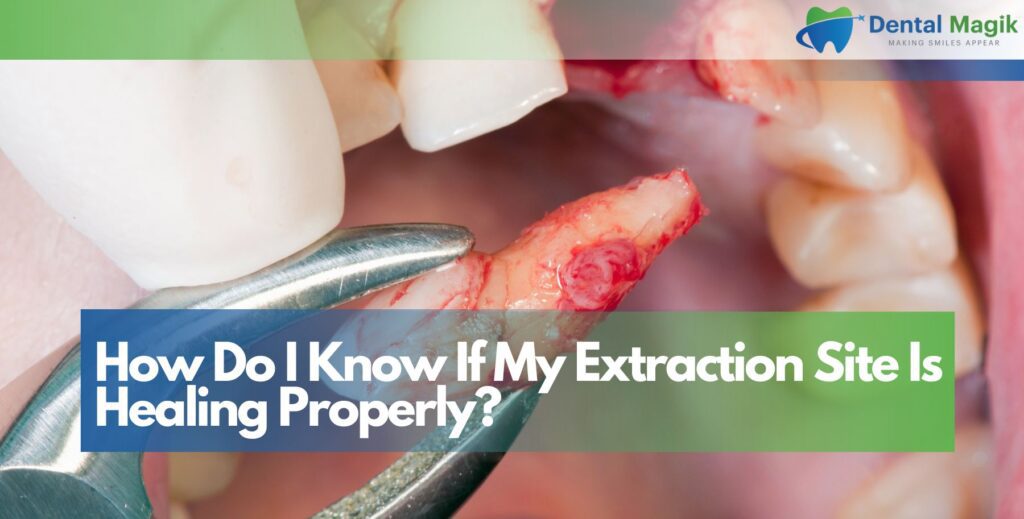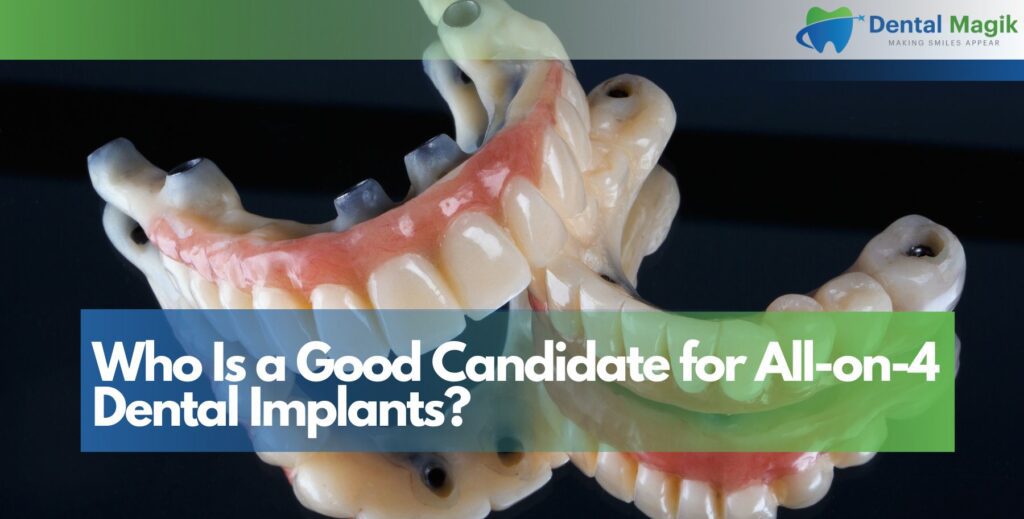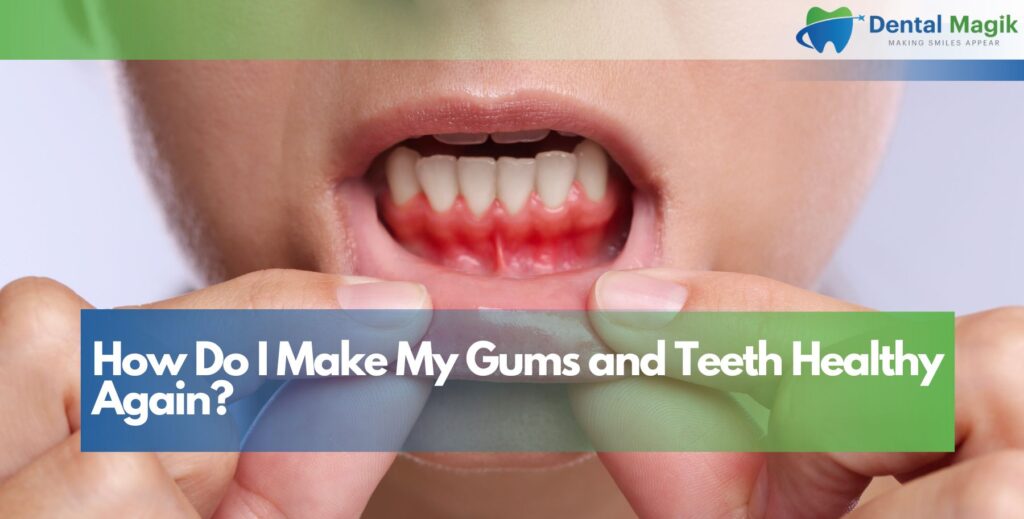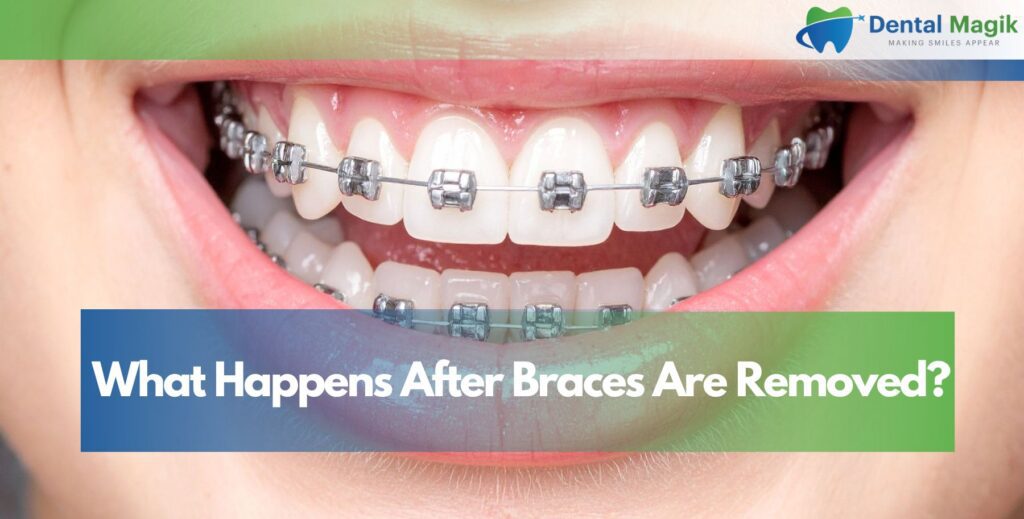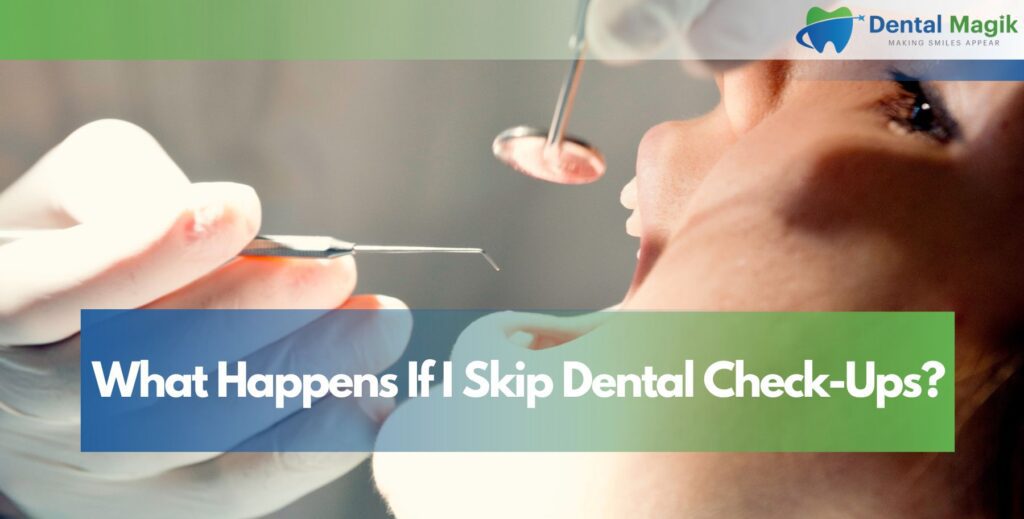Navigating the world of dental insurance can be overwhelming, especially when you’re trying to understand what’s covered, what’s not, and how to maximize your benefits. Whether you’re selecting a plan for the first time or reviewing your current coverage, understanding the ins and outs of dental insurance is crucial for maintaining your oral health while managing costs effectively.
Understanding the Basics of Dental Insurance
Dental insurance operates differently from traditional health insurance. Most dental plans are designed to help with preventive care and provide partial coverage for more extensive treatments. Unlike medical insurance, dental plans typically have annual maximums, waiting periods, and specific coverage percentages that vary based on the type of treatment you need.
The primary goal of dental insurance is to encourage preventive care by covering routine cleanings, examinations, and basic treatments at higher percentages. This approach helps catch dental problems early, potentially saving both your teeth and your wallet in the long run.
Types of Dental Insurance Plans
There are several types of dental insurance plans available, each with its own structure and benefits:
Dental Health Maintenance Organizations (DHMOs) require you to choose a primary care dentist from their network. You’ll need referrals for specialist care, but these plans typically have lower premiums and minimal or no deductibles. However, your choice of dentists is limited to the plan’s network.
Dental Preferred Provider Organizations (PPOs) offer more flexibility in choosing your dentist. You can visit any dentist, but you’ll save money by staying within the plan’s preferred provider network. PPO plans usually have higher premiums but provide better coverage for out-of-network care.
Dental Indemnity Plans provide the most flexibility, allowing you to visit any licensed dentist. These traditional fee-for-service plans reimburse you for a percentage of covered services, but they often come with higher premiums and deductibles.
Coverage Categories and What They Mean
Dental insurance typically divides treatments into three main categories, each with different coverage percentages:
Preventive Care (Class I)
Preventive services are usually covered at 80-100% and include routine cleanings, oral examinations, fluoride treatments, and diagnostic X-rays. Most plans cover two cleanings per year and one comprehensive exam. These services often have no waiting period and may not count toward your annual maximum.
Basic Restorative Care (Class II)
Basic procedures typically receive 70-80% coverage and include fillings, simple extractions, and emergency dental care. These treatments usually have a waiting period of 6-12 months before coverage begins. Understanding which procedures fall into this category can help you plan for potential out-of-pocket expenses.
Major Restorative Care (Class III)
Major procedures generally have 50% coverage and include crowns, bridges, dentures, root canals, and oral surgery. These treatments often have longer waiting periods of 12-24 months and can quickly reach your annual maximum benefit.
Key Terms and Limitations
Understanding important dental insurance terminology is essential for making informed decisions about your coverage:
Annual Maximum
The annual maximum is the total amount your insurance will pay for dental care in a calendar year, typically ranging from $1,000 to $2,000. Once you reach this limit, you’re responsible for 100% of additional costs. This limitation makes it crucial to prioritize necessary treatments and spread major work across multiple years when possible.
Deductibles and Waiting Periods
Most dental plans have annual deductibles ranging from $25 to $200 that you must pay before insurance coverage begins. Waiting periods prevent immediate use of benefits for basic and major services, encouraging long-term enrollment rather than short-term coverage for immediate needs.
Pre-existing Conditions
Many plans have pre-existing condition clauses that limit coverage for dental problems that existed before your coverage began. This makes it important to maintain continuous coverage and address dental issues promptly.
Network Restrictions
In-network providers have agreed to accept reduced fees in exchange for being included in the insurance company’s network. Using out-of-network dentists typically results in higher out-of-pocket costs and may require you to pay upfront and seek reimbursement.
Maximizing Your Dental Insurance Benefits
To get the most value from your dental insurance, consider these strategies:
Schedule preventive care early in the year to establish your dental health baseline and identify potential issues before they become major problems. Since preventive services are typically covered at 100%, take advantage of your allowed cleanings and checkups.
Plan major treatments strategically by discussing timing with your dentist. If you need extensive work, consider spreading treatments across two benefit years to maximize your annual coverage limits.
Understand your plan’s specifics by reviewing your benefits summary and calling your insurance company with questions. Know your copayments, deductibles, and which services require pre-authorization.
Keep detailed records of all dental treatments and payments. This documentation helps track your annual maximum usage and provides necessary information for insurance claims and tax deductions.
Common Exclusions and Limitations
Dental insurance exclusions vary by plan but commonly include:
Cosmetic procedures such as teeth whitening, veneers for aesthetic purposes, and orthodontics for adults are often excluded or have limited coverage. Some plans offer separate orthodontic benefits with lifetime maximums.
Experimental treatments and procedures deemed not medically necessary are typically excluded. Pre-existing conditions may not be covered for a specified period after enrollment.
Frequency limitations restrict how often certain services are covered. For example, most plans cover cleanings twice per year and X-rays once per year, regardless of actual need.
Making Smart Decisions About Dental Insurance
When selecting dental insurance, consider your family’s dental health history and anticipated needs. If you have excellent oral health and only need preventive care, a basic plan might suffice. However, if you have ongoing dental issues or need major work, investing in more comprehensive coverage could save money long-term.
Compare total annual costs, including premiums, deductibles, and estimated out-of-pocket expenses, rather than focusing solely on monthly premiums. Sometimes a plan with higher premiums provides better overall value through superior coverage.
Research provider networks to ensure your preferred dentist participates or that quality dentists are available in your area. The best insurance is worthless if you can’t find a good dentist who accepts it.
Conclusion
Understanding dental insurance is essential for maintaining good oral health while managing costs effectively. By familiarizing yourself with coverage categories, limitations, and strategies for maximizing benefits, you can make informed decisions that serve your dental health needs and financial goals. Remember that dental insurance is designed to support preventive care and help with treatment costs, not necessarily cover all dental expenses entirely.
Whether you’re dealing with routine maintenance or planning major dental work, having a clear understanding of your dental insurance benefits helps you work with your dental care provider to create a treatment plan that fits both your health needs and budget constraints. For residents seeking quality dental care, consulting with a Dentist in East Brunswick, NJ can help you navigate both your treatment options and insurance benefits effectively.
Frequently Asked Questions
What is the difference between dental insurance and dental discount plans?
Dental insurance involves paying monthly premiums for coverage that pays a percentage of dental costs according to your plan’s benefits structure. Dental discount plans require an annual fee in exchange for reduced rates on dental services from participating providers, but they don’t actually pay for treatments.
Can I use dental insurance immediately after signing up?
Most dental insurance plans have waiting periods before you can use benefits for basic and major services. Preventive care is often available immediately, but basic procedures typically have 6-month waiting periods, and major procedures may require waiting 12-24 months.
What happens if I exceed my annual maximum?
Once you reach your annual maximum benefit, you become responsible for 100% of additional dental costs for the remainder of the calendar year. The annual maximum resets each January, allowing you to access full benefits again.
Are dental implants covered by insurance?
Dental implant coverage varies significantly by plan. Many traditional plans consider implants cosmetic or experimental and don’t provide coverage. However, some newer plans offer partial coverage for implants, especially when they’re deemed medically necessary to replace missing teeth.
How do I find out if my dentist accepts my insurance?
Contact your insurance company directly or check their website for a provider directory. You can also call your dentist’s office to verify they accept your specific plan and ask about their billing procedures for insurance claims.


